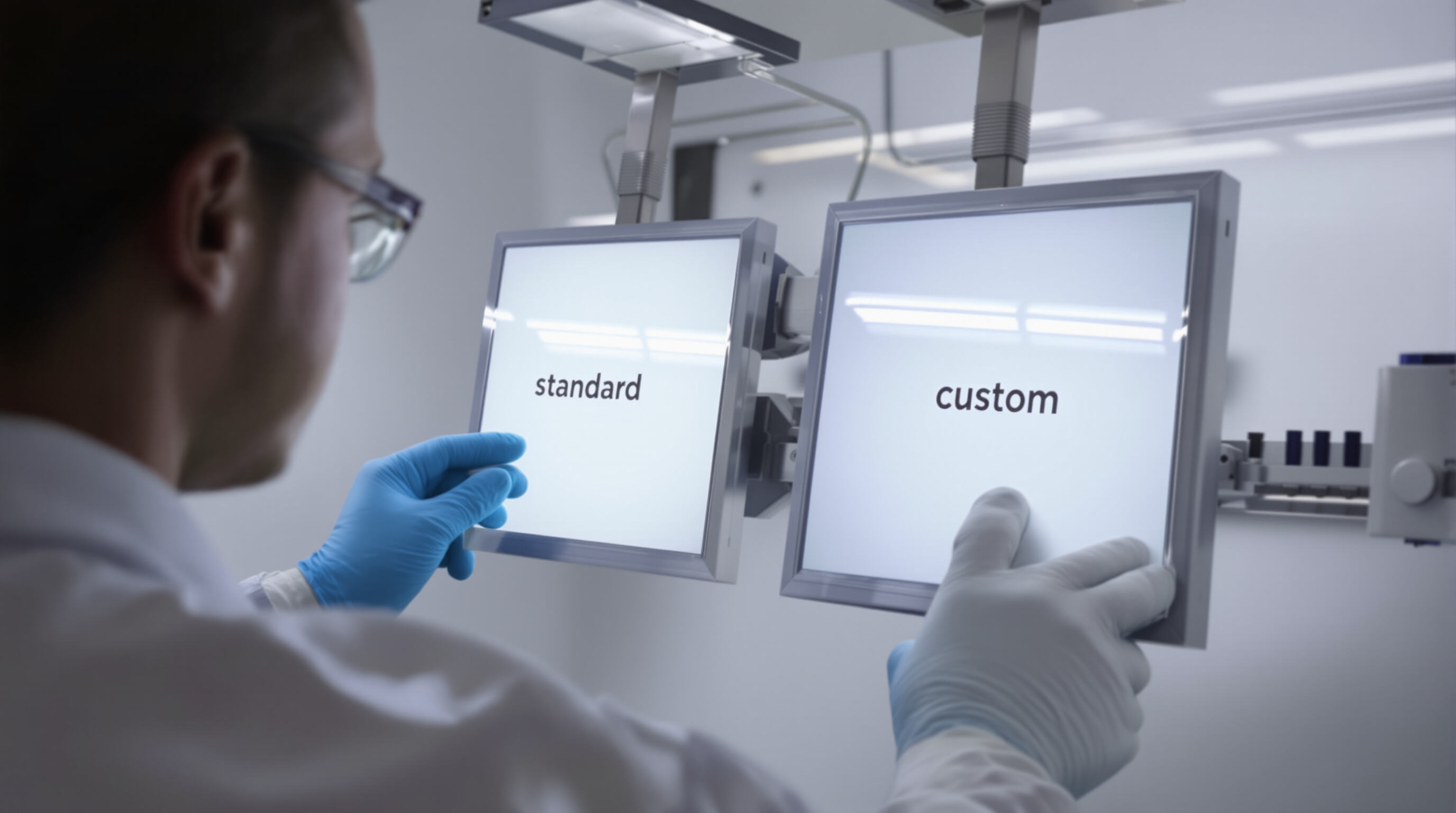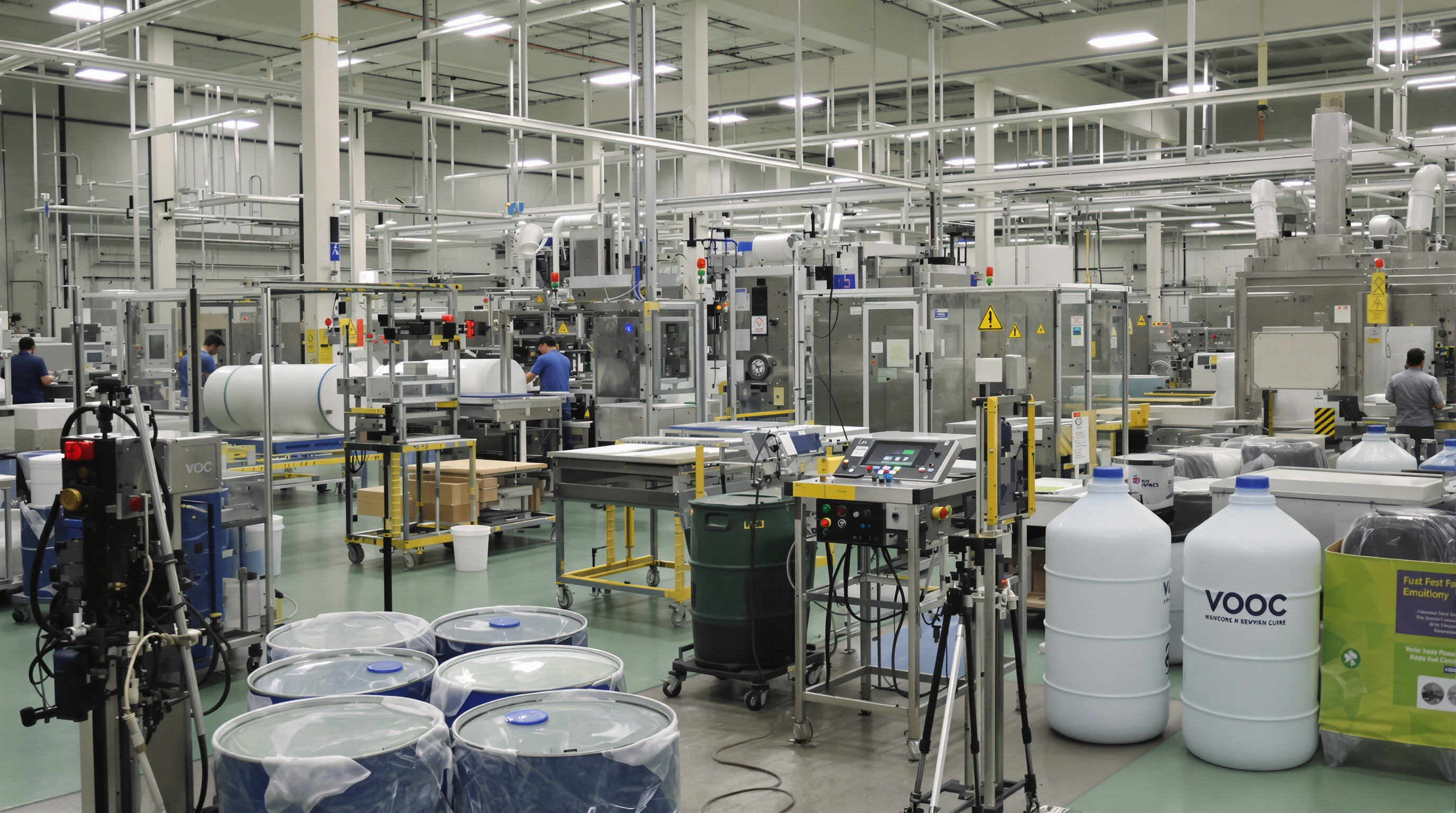Formulation Flexibility for Substrate-Specific Acrylic Resin Solutions
Why Substrate Compatibility Drives Acrylic Resin Design
Getting the right substrate compatibility matters a lot when formulating acrylic resins. Take polyethylene for instance. With its pretty low surface energy around 31 mN/m, these materials often need special resins mixed with wetting agents so they actually stick properly. Metals like aluminum tell a different story altogether. They call for resins that have been boosted with anticorrosive additives instead. Recent tests on substrates show something interesting too. When the chemistry of the resin matches up well with how much the substrate expands when heated and what chemicals it can stand up to, failures where things don't stick drop by about 40%. Look at PDMS substrates as another case in point. These are super flexible stuff with thermal expansion around 31x10^-5 K^-1. They work best paired with silicone modified acrylates because those keep bonds intact even when there's mechanical stress involved.
Molecular Tuning to Optimize Adhesion on Plastics and Metals
To achieve optimal adhesion across diverse substrates, manufacturers employ targeted molecular modifications:
- Plastics: Grafting maleic anhydride onto acrylic backbones enhances polar interactions with non-polar polymers like polypropylene.
- Metals: Incorporating epoxy-functional monomers strengthens bonding to oxidized metal surfaces through covalent interactions.
Controlled radical polymerization enables precise tuning of polymer architecture. Block copolymers with alternating rigid and flexible segments, for instance, deliver superior adhesion to ABS while maintaining the elasticity required for automotive interiors.
Case Study: Custom Resin Solutions for Multi-Substrate Applications
A coatings manufacturer resolved persistent delamination in kitchen appliance production by developing a dual-cure acrylic resin system. The tailored formulation addressed multiple substrates simultaneously:
| Substrate | Resin Modification | Performance Gain |
|---|---|---|
| Powder-coated steel | UV-curable polyurethane acrylate | 98% adhesion retention after 500 humidity cycles |
| Cast acrylic (PMMA) | Thermal-initiated styrene-acrylate copolymer | Scratch resistance improved by 3H pencil hardness |
This innovation reduced production delays by 32% and cut annual warranty claims by 19%, demonstrating the operational impact of substrate-specific resin engineering.
Market Strategy: Leveraging Flexibility for Industry-Specific Paints
The increasing need for special coatings has pushed forward new developments in acrylic resins. According to latest market research, there's about a 29 percent chance for growth in the area of electronic encapsulation. Here, the resins need to stick properly to those FR4 circuit boards while also handling the heat from soldering processes that can reach around 260 degrees Celsius. Many top players in the field are now combining artificial intelligence tools for formula creation along with rapid testing methods. This approach speeds things up when creating new resins suitable for complex materials like the combination of carbon fiber reinforced plastics with glass fiber reinforced epoxies.
Enhancing Adhesion Properties Through Custom Acrylic Resin Engineering

The Science of Surface Energy and Acrylic Resin Bonding
Getting good adhesion really comes down to closing the surface energy gap between the resin and whatever material it's bonding to. Many custom acrylic formulas now include special additives like phosphate esters which help them stick better to those tricky low-energy surfaces such as certain plastics and oxidized metals. According to some recent studies from Ponemon in 2023, when there's less than a 5 mN/m difference in surface energies, bonds tend to be about 40% stronger compared to when materials don't match well together. Take methacrylate phosphate modified acrylics for example these can bring energy differences down below 8 mN/m on polyethylene surfaces, allowing solid adhesion without needing any primers at all something that saves time and money in production settings.
Co-Polymerization Techniques for Stronger, More Durable Bonds
With advanced co-polymerization methods, researchers can now manipulate the structure of polymer chains with remarkable precision. When styrene or epoxy-based monomers are introduced into the mix, they create these complex branched networks that really boost mechanical interlocking properties. Take pressure-sensitive adhesives for instance. Boosting the acrylic acid content by around 15% actually increases peel strength significantly—from about 12 Newtons per 25mm up to 18 Newtons per 25mm—and still keeps those materials repositionable. What's even better is how these specially designed systems handle stress over time. They show roughly 30% less stress relaxation when subjected to constant loads, according to recent findings published in the Journal of Adhesion Science and Technology last year.
Case Study: Performance Comparison in Heavy-Duty Industrial Coatings
A 2024 comparative study evaluated custom versus standard acrylic resins in aggressive salt-spray environments:
| Property | Standard Resin | Custom Resin (Cross-Linked) |
|---|---|---|
| Corrosion Resistance | 500 hours | 1,200 hours |
| Adhesion Retention | 62% | 89% |
| Gloss Retention (QUV) | 78% | 95% |
The cross-linked custom resin maintained over 85% adhesion after thermal cycling from -40°C to 120°C, proving its suitability for demanding applications like automotive underbody protection.
Optimizing Cross-Linking for Resistance to UV, Corrosion, and Thermal Stress
Density-tunable cross-linkers—such as aziridines and carbodiimides—enable resins to balance flexibility with durability. At a cross-link density of 0.3 mmol/g, acrylic films demonstrate:
- 98% retention of tensile strength after 3,000 hours of UV exposure
- Less than 5% weight loss following 7 days in 10% HCl
- Glass transition temperatures (Tg) adjustable from -15°C to 105°C
This adaptability allows single-coat systems to replace traditional multi-layer coatings in harsh environments, reducing application costs by 22% (Surf. Coat. Technol. 2024).
Sustainable Innovation: Water-Based Acrylic Resin Solutions

Regulatory and Environmental Drivers Behind Water-Based Systems
Regulatory pressures around the world are pushing companies to switch from traditional solvents to water based acrylic resins. Take the European Union for instance they set a strict limit of 250 grams per liter on volatile organic compounds in industrial coatings, and now over thirty four nations have either copied this rule or created similar ones as part of their plans to achieve circular economy targets by the end of next decade. Because of these regulations, factory owners are increasingly looking at low VOC options while still trying to maintain product quality standards. Some big names in packaging actually saw their toxic output drop by nearly two thirds when they made the move to water based acrylic dispersions last year, according to recent supply chain reports from 2024.
Colloidal Stability and Film Formation in Eco-Friendly Emulsions
Getting stable water based emulsions right means keeping those particles in check between about 80 to 150 nanometers and using surfactants that respond to changes in pH levels. These days, zwitterionic stabilizers are making waves because they let products sit on shelves for over a year without breaking down, plus they work great at room temperature when forming films. And then there's core shell polymerization which takes things even further. This technique allows materials to cure in stages first they dry out, then undergo chemical cross linking processes. What this does is create really tough films with excellent hardness properties that stand up to wear and tear much better than traditional methods.
Case Study: Transitioning Printing Inks from Solvent-Based to Water-Based Acrylic Resins
A European ink manufacturer navigated key reformulation challenges when shifting from solvent- to water-based systems:
| Parameter | Solvent-Based | Water-Based (Iteration 3) |
|---|---|---|
| VOC Content | 550 g/L | 38 g/L |
| Dry Time (23°C) | 90 seconds | 210 seconds |
| Adhesion (ISO Class) | 1B | 4B |
By fine-tuning copolymer Tg (-15°C to +25°C) and incorporating hydrophobic associative thickeners, the company achieved print speeds comparable to solvent-based systems within 18 months.
Balancing Rheology, Drying Time, and Adhesion Without VOCs
Ternary monomer blends—combining soft and hard acrylates with 2-ethylhexyl methacrylate—enable balanced performance in water-based systems:
- Shear-thinning behavior ideal for spraying (viscosity: 450–600 cP)
- Open time reduced from 12 to 8 minutes using capillary evaporators
- Pendant crosslinkable groups that achieve 5H pencil hardness without styrene
This multi-property optimization has made waterborne acrylic chemistries the focus of 73% of new automotive primer patents, underscoring their role in sustainable, high-performance coating innovation.
FAQ
Why is substrate compatibility important in acrylic resin design?
Substrate compatibility is crucial in acrylic resin design because different substrates have varying surface energies and chemical properties. Matching the resin chemistry with the substrate can reduce adhesive failures and improve bonding performance.
How do manufacturers enhance adhesion for plastics and metals?
Manufacturers enhance adhesion by employing molecular modifications such as grafting maleic anhydride onto acrylic backbones for plastics and incorporating epoxy-functional monomers for metals. These modifications improve polar interactions and bonding strength.
What are the benefits of water-based acrylic resin systems?
Water-based acrylic resin systems offer environmental benefits by reducing volatile organic compounds (VOCs) and toxic output. They meet regulatory standards while maintaining quality and performance in industrial coatings.

